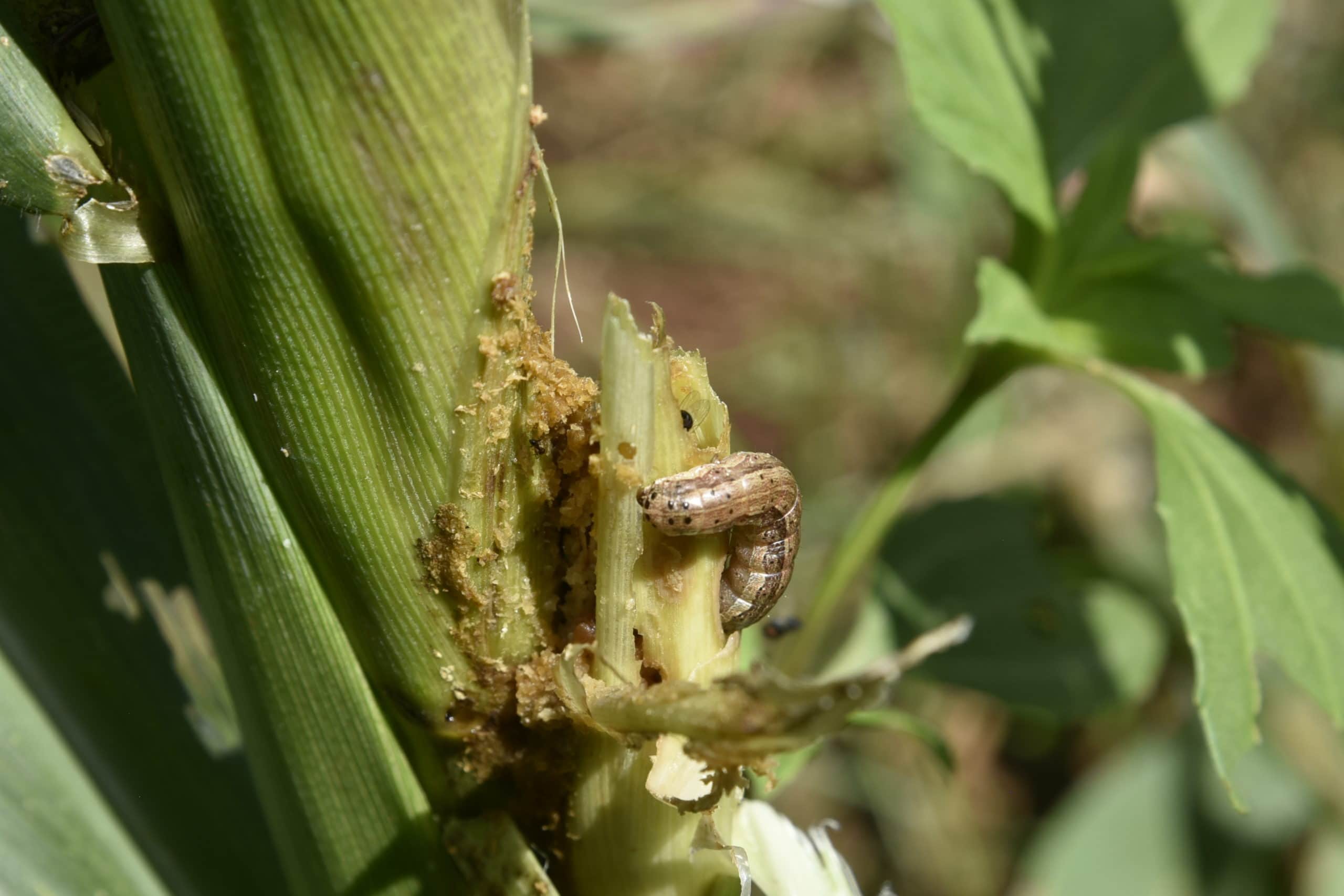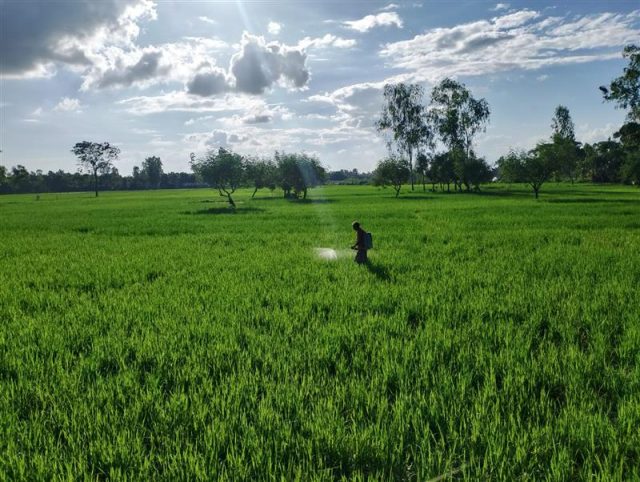Agroecological management of fall armyworm: Africa, South Asia and South America
- From
-
Published on
31.08.20
- Impact Area

When fall armyworm first arrived on the African continent in 2016, the potential loss of crops was estimated to potentially cost farmers over USD 13 billion per year throughout Sub-Saharan Africa, threatening the livelihoods of millions.
Native to the Americas, fall armyworm has over the last few years rapidly spread across Africa, the Near East, Asia and the Pacific.
In response, the Food and Agriculture Organization of the United Nations (FAO) has called for urgent action to prevent the pest from devastating global food security and the livelihoods of hundreds of millions.
In November 2019, FAO launched a three-year program — Global Action for Fall Armyworm Control — to ensure a strong, coordinated approach at country, regional and global levels. The program aims to mobilize USD 500 million over 2020–22 to take radical, direct and coordinated measures to strengthen prevention and sustainable pest-control capacities globally.
On 16 July 2020, FAO hosted a webinar to share knowledge concerning the use of agroecological approaches to manage fall armyworm, highlighting experience from parts of Africa, South America and South Asia. Speakers included Rhett Harrison, landscape ecologist and conservation biologist with ICRAF; N. Bakhtavatsalam, director in charge of the National Bureau of Agricultural Insect Resources at the Indian Council of Agricultural Research in Bangalore, and Seirian Sumner, behaviour ecologist at University College London. The webinar was moderated by Buyung Hadi, integrated pest management officer with FAO.
Related news
-

From Dirt to Decision-Making: Governance and Soil Health Must Go Hand in Hand
Multifunctional Landscapes Science Program26.11.25-
Biodiversity
-
Environmental health
-
Environmental health & biodiversity
In October, the world convened in Des Moines for the 2025 Borlaug Dialogue under the…
Read more -
-

Cultivating climate-smart rice: How specific cultivars and smarter fertilizing can cut emissions and maintain yield
International Rice Research Institute (IRRI)19.11.25-
Climate adaptation & mitigation
-
Food security
By Bushra Humaira Sadaf A team of researchers from the Bangladesh Rice Research Institute (BRRI), I…
Read more -
-

Australia partners with International Livestock Research Institute to upskill researchers from Africa and Asia
International Livestock Research Institute (ILRI)13.11.25-
Food security
-
Poverty reduction, livelihoods & jobs
Australia has joined forces with the International Livestock Research Institute (ILRI) to support th…
Read more -
